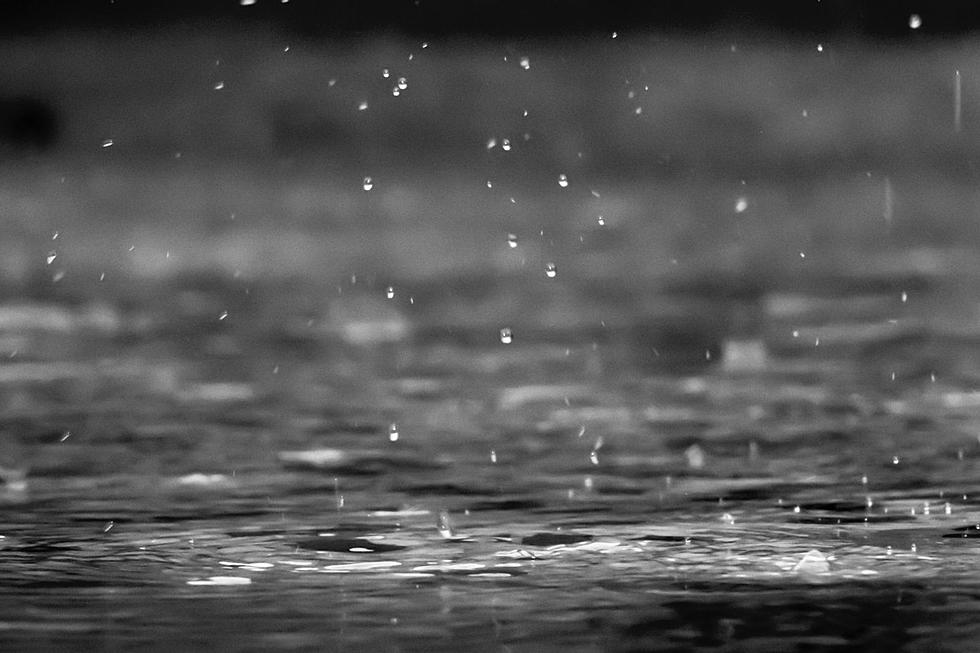
It’s Been Over 230 Days Since Waterloo Had Over 1″ of Rain on a Single Day
Waterloo hasn’t had more than an inch of rain in a single day since October 22, 2020. On that day it rained 2.94". The most amount of rain Waterloo has received since that date on a single day was .91" on May 8, 2021.
Across Iowa, the month of May was the 13th driest in 127 years of records. So far this year, it is currently the 47th driest in 127 years.
Locally, it’s currently the ninth driest year EVER in Black Hawk County and April was the driest April EVER in Waterloo with only .46" of precipitation.
The all-time record for the driest June in Waterloo was in 1927 when only a total of .61” of rain fell. So far this month, Waterloo has received only a few sprinkles. The city averages just under five inches of rain in June.
Since 1895 in the month of June in Waterloo, it has rained at least ONE inch in a single day 67% of the years. (84 out of 126 years) On average, there will be 11 days in the month where .01” of rain will fall on a single day.
In those 126 years, there have been 118 years that at least one day in June featured at least .5” of rain.
How is the lack of rain affecting Iowa’s crops? According to the USDA’s “Crop Progress and Condition” released on June 7:
Iowa’s corn condition rated 77% good to excellent. At 98%, nearly all of Iowa’s soybean crop has been planted, almost 2 weeks ahead of normal. Statewide, soybeans emerged reached 86%, 9 days ahead of the 5-year average.
However, 39% of the state’s topsoil is currently short on moisture. That’s up from just 15% reported the week before. The driest parts of the state continue to be northwest and central Iowa.
The U.S. Drought Monitor started in 2000. Since 2000, the longest duration of drought (D1–D4) in Iowa lasted 151 weeks beginning on August 9, 2011 and ending on June 24, 2014.
On June 8, Sioux Center, Iowa declared a Water Watch asking all customers with Sioux Center Municipal Utilities to limit lawn irrigation and outdoor watering to two times a week, and to only do it between 8 p.m. and 8 a.m.
In a press release, City officials say in addition to the current hot and dry conditions, the Water Watch has been issued because Sioux Center's aquifers were not replenished as much as normal this year due to less precipitation leading up to this summer. Sioux Center Municipal Utilities provide water drawn from local aquifers and there are currently over 2,900 accounts in the community.
Top 10 Fantastic Breweries in the Cedar Valley & Northeast Iowa - List
LOOK: The most expensive weather and climate disasters in recent decades
More From Q98.5

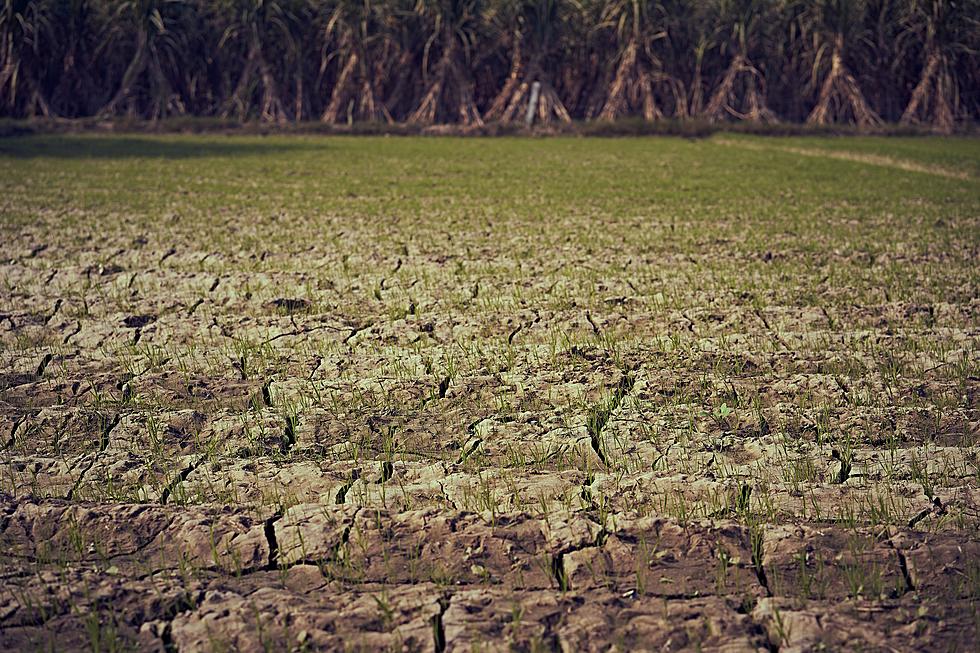
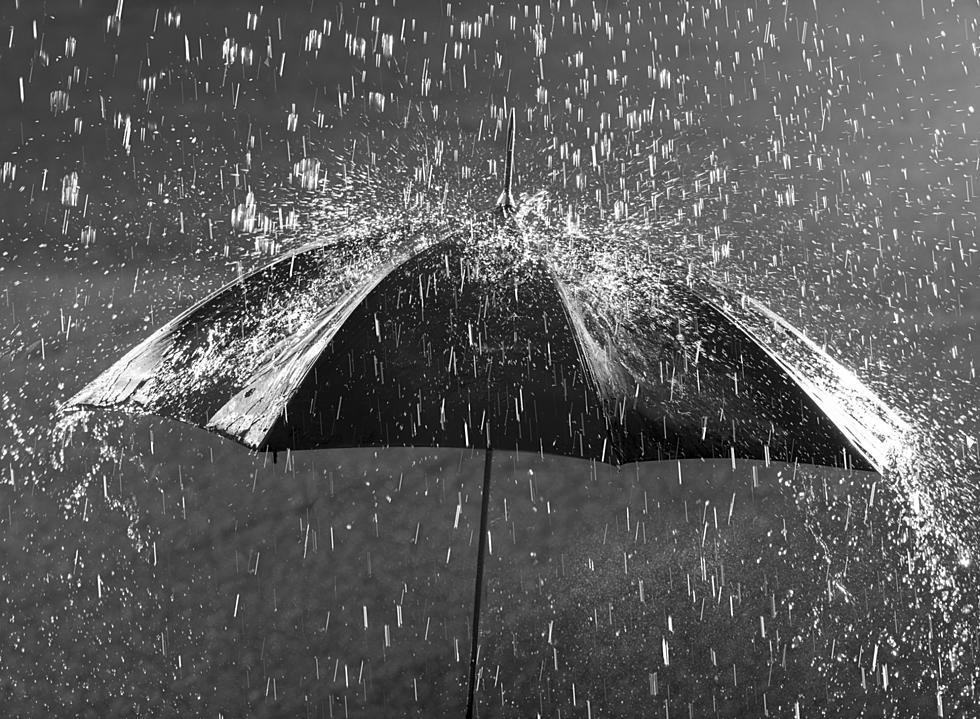
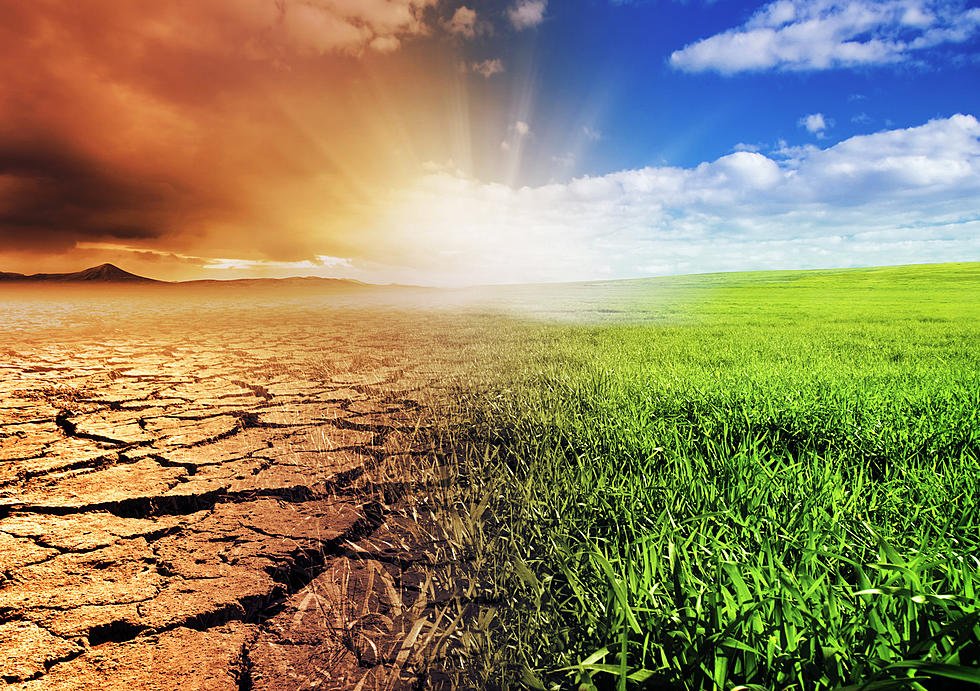
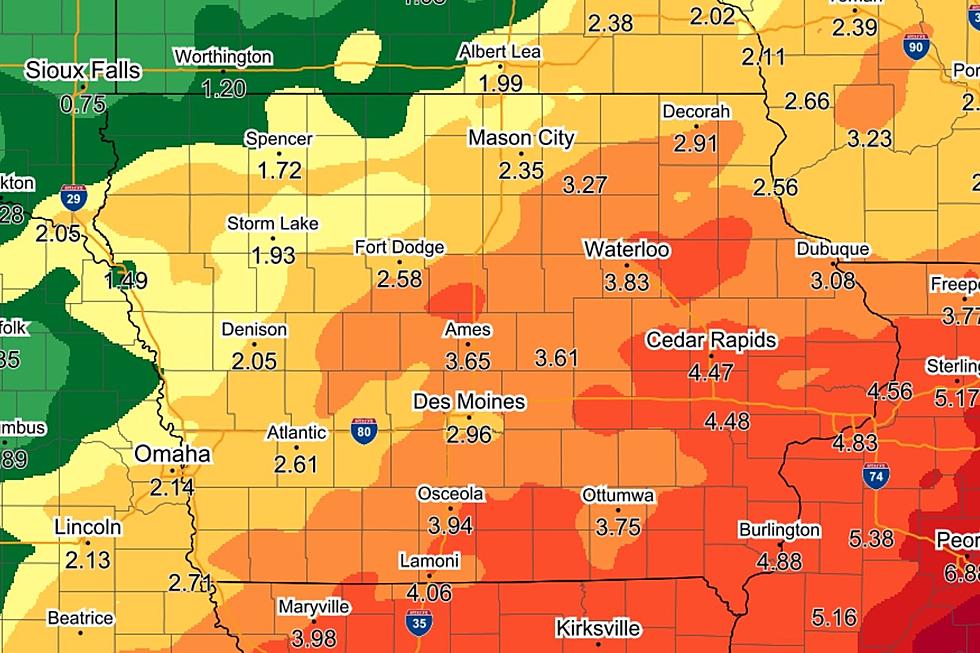

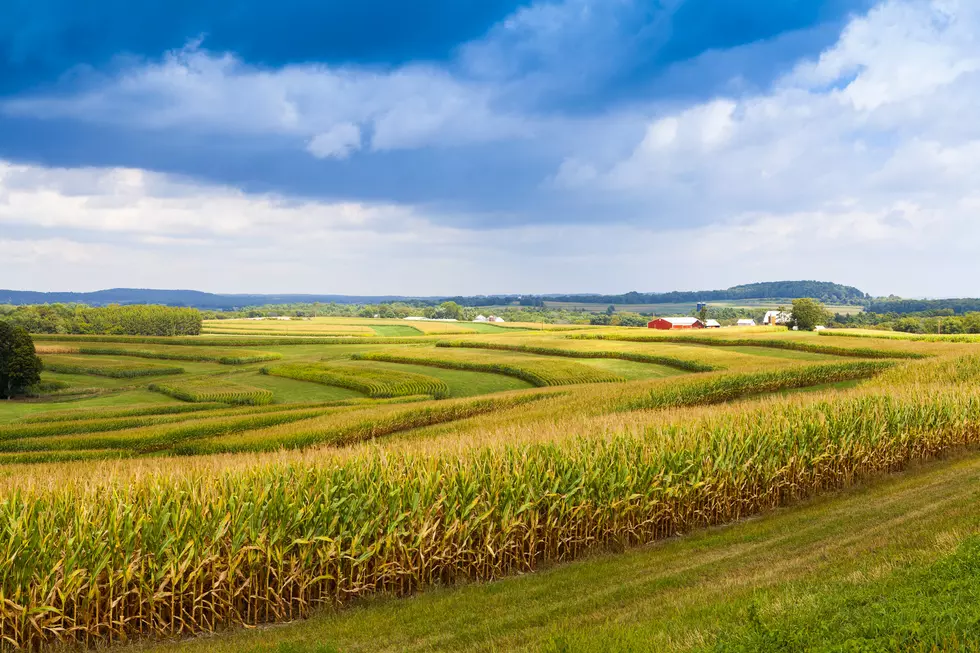

![What is ‘Rime Icing?’ [Photo Gallery]](http://townsquare.media/site/725/files/2021/01/Untitled-design-1.jpg?w=980&q=75)
